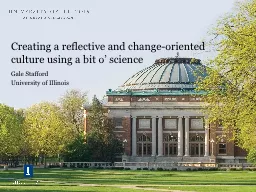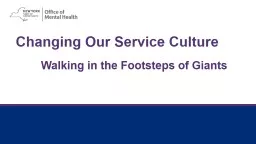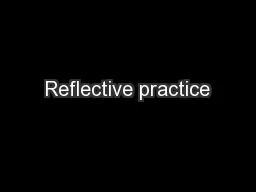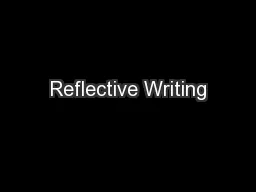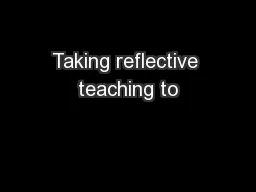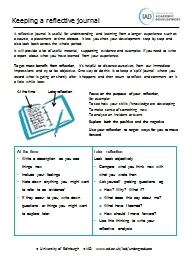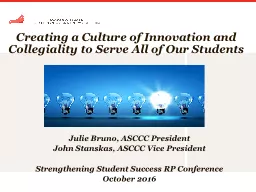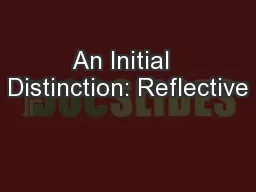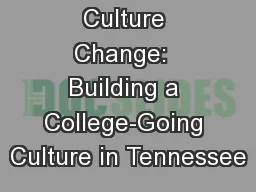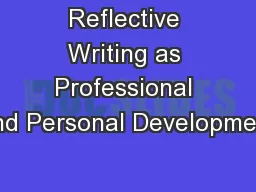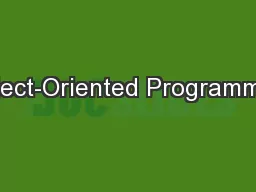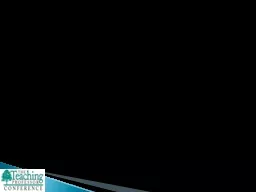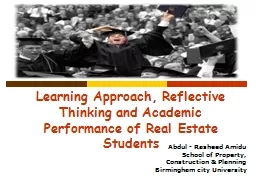PPT-Creating a reflective and change-oriented culture using a bit o’ science
Author : briana-ranney | Published Date : 2018-02-04
Gale Stafford University of Illinois The problem with change We fear change Garth Algar Waynes World 1992 Overwhelmed by uncertainty Talk of big changes introduces
Presentation Embed Code
Download Presentation
Download Presentation The PPT/PDF document "Creating a reflective and change-oriente..." is the property of its rightful owner. Permission is granted to download and print the materials on this website for personal, non-commercial use only, and to display it on your personal computer provided you do not modify the materials and that you retain all copyright notices contained in the materials. By downloading content from our website, you accept the terms of this agreement.
Creating a reflective and change-oriented culture using a bit o’ science: Transcript
Download Rules Of Document
"Creating a reflective and change-oriented culture using a bit o’ science"The content belongs to its owner. You may download and print it for personal use, without modification, and keep all copyright notices. By downloading, you agree to these terms.
Related Documents

